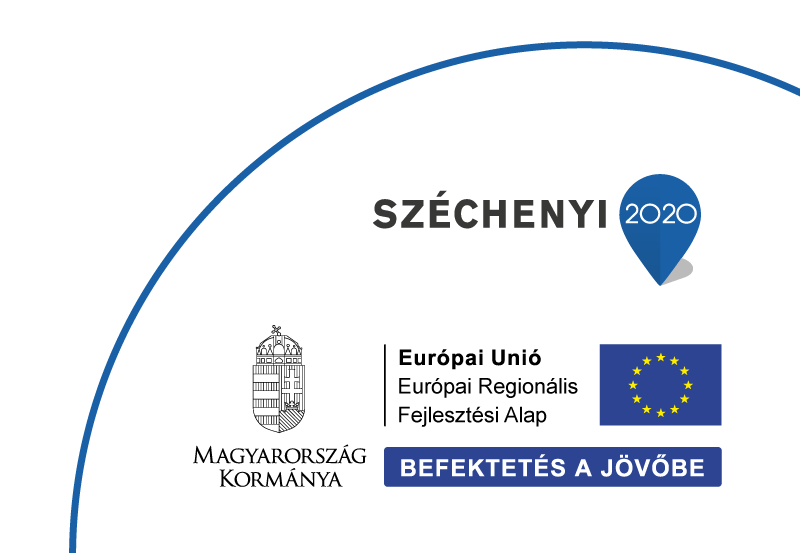
Title of his dissertation: Development of isotope analytical methods and their application for investigation of atmospheric fossil derived carbon.
ABSTRACT
Based on the results of climate investigations, the various types of carbonaceous materials present in the atmosphere have a significant influence on the local-global changes of climate. The rising concentration of atmospheric CO2 is getting larger scientific, social and economic attention due to its role in global climate change. Investigations of atmospheric aerosol are becoming increasingly significant due to the serious haze events forming around large cities. Carbonaceous aerosol particles are dominant constituents of the atmosphere which also influence climate change and the quality of the air, moreover, have an adverse effect on the human health. The radiocarbon-based (14C) investigation of atmospheric CO2 gas and fine-fraction carbonaceous aerosol can help in identifying local and regional contributors and, moreover, support understanding the transport processes.
In the course of our research, we initiated the quantitative investigations of the fossil and modern fractions of atmospheric CO2 gas and PM2.5 carbonaceous aerosol. The primary aim of our investigation was the development of sample preparation systems and methods by which the collected atmospheric CO2 and carbonaceous aerosol samples can be converted to a form suitable for carbon isotopic measurements. Using these methods, our other goal was to estimate the contribution of fossil and modern fractions being present in the CO2 gas collected in the urban environment of Debrecen and at two levels at a background site (115 m and 10 m, Hegyhátsál) and to evaluate their short-term seasonality and long-term trends. I had the same purposes for the study of atmospheric carbonaceous aerosol samples collected in Debrecen.
Congratulations, István!

